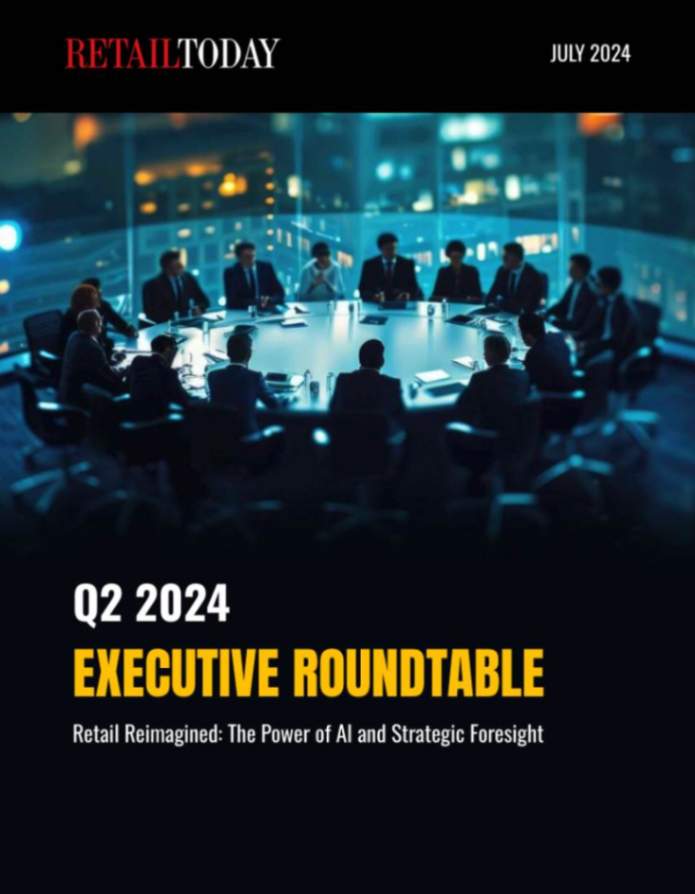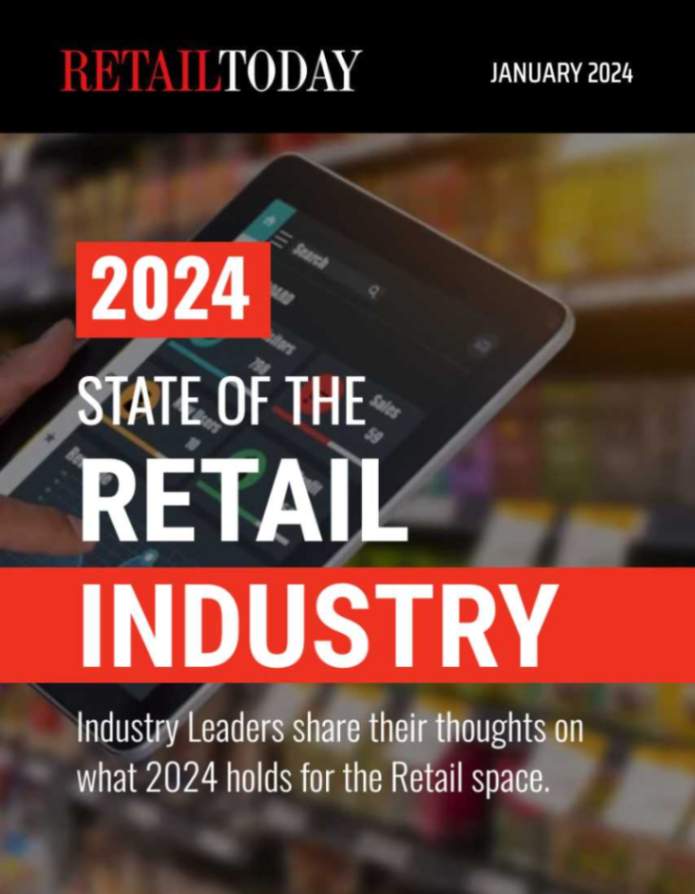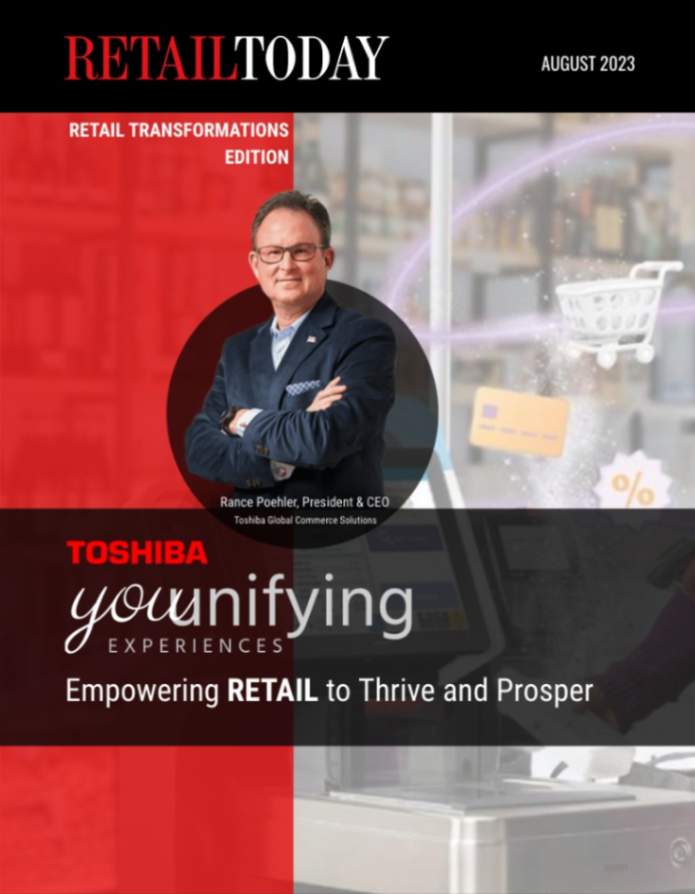
Three years after the pandemic, retailers are still experiencing a mountain of challenges. Everything from worsening inflation and rippling layoffs to geopolitical tensions and climate change are impacting the industry — and especially the retail supply chain — in a variety of ways. Unfortunately, we’re living in the era of disruption, and there’s no clear end in sight.
According to the 2022 Supply Chains Disruptions Study, nearly 72% of companies currently face supply chain disruptions. This includes ongoing transportation capacity shortages, increasing ocean freight and airfreight rates and continuing port congestion.
Further, supply chain mapping and risk monitoring firm Resilinic reported there were nearly 8,000 potential supply chain disruptions during the first half of 2022 — a 46% year-over-year increase from the same time frame in 2021.
As such, retailers should prioritize the following:
Offshore Alternatives
In the past, most retailers sourced products offshore. The model was largely adopted to produce large volumes of product at low prices. But consider the problems associated with that model, particularly with our overreliance on China.
Now, reshoring, nearshoring and friendshoring are becoming more prevalent in hopes retailers can employ such practices to help smooth out their supply chains. In doing so, they must vet and onboard new suppliers, which can be a time-consuming process.
Vendor evaluation, onboarding and compliance are nearly impossible to manage with a manual system of email, spreadsheets and attachments. This is where a technology solution, in particular a digital supply chain platform for integrated vendor management, comes into play. Such a solution helps onboard, organize, vet and manage vendors in a systematic, efficient and integrated way — resulting in better sourcing decisions, overall compliance and risk mitigation.
Inventory Balance
Historically, over-ordering was the norm because retailers were concerned they would miss sales to consumers. They would rather capture 100% of full-price sales as possible. Then, whatever didn’t sell quickly, they would mark down or purge.
Big-box brands like Target, Walmart, Macy’s and Best Buy faced a combined $45 billion in excess inventory over the summer. It’s understandable since these companies likely looked at historical data since the pandemic began — a time in which many items were back-ordered and shelves were empty of certain items.
To better balance inventory, retailers can look to demand sensing. Demand sensing is the translation of market-based demand information to detect short-term buying patterns. Machine learning-based forecasting can provide methods to better sense and respond to demand changes to meet the pressure of customer service requirements without inventory bloat and lost profits.
Sustainable Supply Chains Grow in Importance
Today’s conscious consumers want data regarding the social and environmental impact behind the products they buy. Consider the negative press Shein continues receiving over issues that include forced labor, for example.
Plus, current and future legislation is forcing organizations to reveal their social and environmental metrics of their supply chain partners.
Not only should retailers set clear expectations and foster better communication and collaboration with suppliers, but they should deploy traceability tools to document the chain of custody from material origin to importer of record. Retailers can build responsive, sustainable supply chains by combining social and environmental audits with real-time supply chain management data.
Supply Chain Tech Investment on the Rise
According to KPMG, six in 10 organizations plan to invest in digital technology to bolster their supply chain processes, data synthesis and analysis capabilities.
The Association of Supply Chain Management underscores the importance of digital transformation: “Best-in-class organizations will adopt digital supply chain capabilities or be left behind by nimbler and more efficient competitors.”
Change is constant in retail, but the right digital supply chain planning solutions can help retailers become more resilient and get inventory and sustainability right.
Mark Burstein is EVP, Industry Principal for the Retail, Footwear and Apparel (RFA) verticals at Logility, a leader in supply chain innovation powering the sustainable and resilient enterprise. Mark’s experience as a global apparel manufacturer, software executive in charge of sales, marketing and R&D, and business strategy consultant for large global RFA brands puts him in a unique position to provide clear vision and implementation guidance for Logility’s Digital Supply Chain Cloud Platform. Among his wide areas of focus, Mark is engaged in R&D initiatives surrounding Traceability, Sustainability and ESG compliance.







